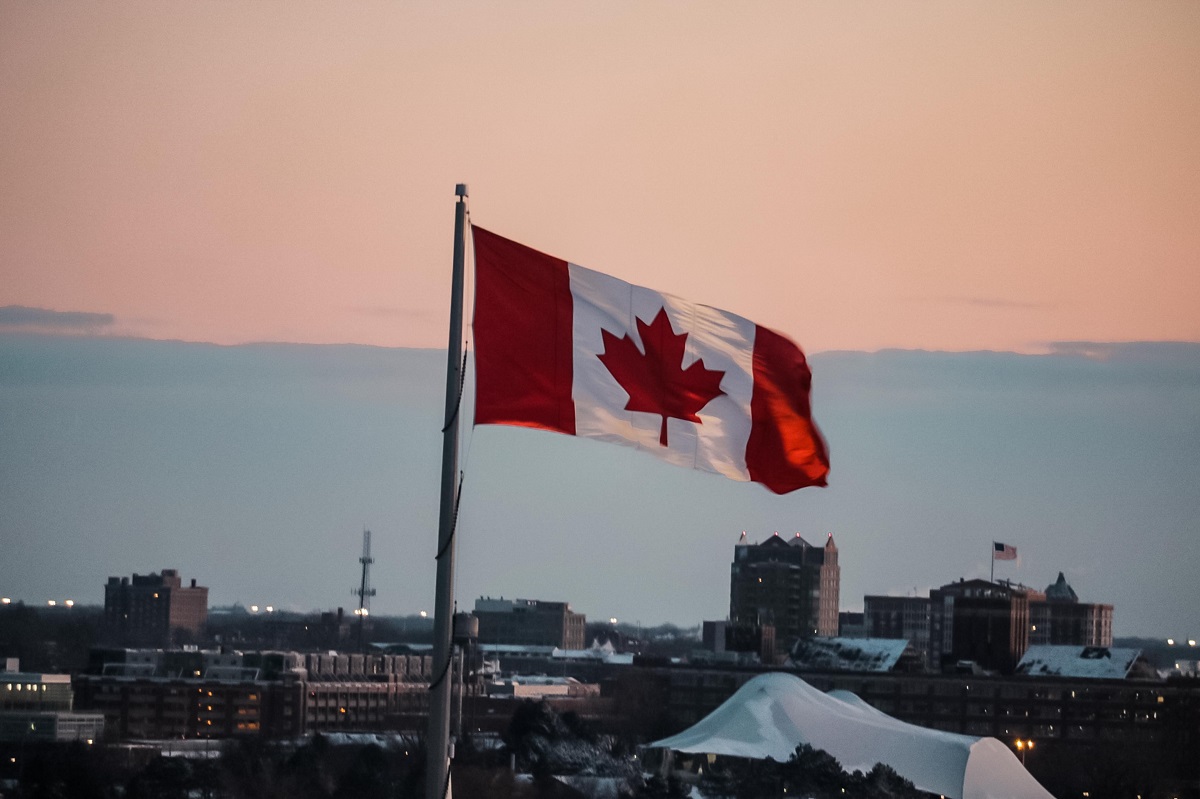
Defined as firms whose profits are insufficient to cover interest payments on debt, corporate “zombies” could represent a drag on the economy if rates continue to rise and the economy comes up to a recession. “Their effect on financial stability in a context of rising rates could become more pressing than ever, says Sophie Osotimehin, an economics professor at the École des sciences de la gestion of Université du Québec à Montréal.
With the hardship brought on by the pandemic, “there was a legitimate concern that when the mobility restrictions lifted, a number of companies would not actually reopen,” recalls Anil Passi, Director of Global corporates at DBRS Morningstar. Ultimately, he continues, most of the questionable firms “didn’t get foreclosed or didn’t go bankrupt.”
Piling on the Debt
However, with dark economic clouds gathering and the threat of recession on the horizon, notwithstanding the present stock market rally, there’s a concern that we could still see those firms go bankrupt.
The easy credit conditions of the past decade, especially during the last four years, “has allowed companies to pile on a lot of debt to make it through,” notes Craig Basinger, Chief market strategist at Purpose Investments. “Look at the debt that airlines have piled on. They’re still able to cover it now, but what happens with a recession?”
It’s still too early to say whether rising interest rates and a slowing economy will cause a substantial level of defaults and bankruptcies, Passi believes, considering that some hardship is inevitable and that a lot of anxiety is misguided. “That’s the intention!,” he quips, “It’s the purpose! If you don’t see stress on companies because of rates rising, it means that the central bank is irrelevant.”
If there is hardship, how vulnerable are economies weakened by zombies?
Lots of Zombies in Canada
Three studies by major institutions give us the size of the problem. Between 2018 and 2020, the Bank for International Settlements (BIS), the OECD and the Bank of
Canada all produced studies showing alarming numbers of corporate zombies in the world economy, especially in Anglo-Saxon countries. In the BIS study, Canada and Australia stood out as the two countries harbouring the most zombies in 2017, above 30% of publicly listed companies in Canada, and just below that mark in Australia. In the U.K. and the U.S., percentages hovered around 20%. The proportions were higher among listed SMEs, reaching 50%.
The higher propensity to list on stock markets, especially in the SME segment, explains the greater numbers of zombies among Anglo-Saxon countries, but also the importance of the commodity sector, especially in Canada and Australia, where zombies abound. On the other hand, the underrepresentation of SMEs in stock markets elsewhere, notably in Europe and Japan, prompted the BIS to consider that its estimate of zombies worldwide fell below the mark.
Proportion of Capital Is Less Pressing
The economic weight of zombies is much more modest than their absolute numbers, however, which helps put the problem in perspective. The share of assets, capital and debt that they shelter averages 6%-7%, the BIS calculates.
The Bank of Canada’s study arrived at similar numbers of zombies lurking in the Canadian economy: about 25% in 2018. It also confirmed the BIS observation about commodities. “The growing share of zombie firms and their relatively large prevalence in Canada is due mainly to firms in commodity industries, writes the report. Around two-thirds of the zombie firms in Canada in 2018 were in industries exposed to commodity prices.”
However, while the BIS and OECD studies concentrated on the economic drag on productivity and growth that zombies represent, the BoC’s perspective was unique in asking what could be the impact of zombies on the country’s financial stability following the effect of defaults on lenders.
From this perspective, Canadian zombies carry a rather modest financial wallop: “We find that zombie firms account for less than 2% of the overall debt, employment or market capitalization among all Canadian firms. Zombies are not a source of vulnerability to the financial system,” conclude the BoC’s analysts.
Bigger Zombies to Worry About Abroad
Case closed? Maybe not. There are potentially large zombies shuffling around the world, notably in the U.S., where companies like Carnival Corp. and American Airlines Group have indeed piled on loads of debt, as Basinger points out. A recent Bloomberg article calculated that more than 600 firms, representing one-fifth of America’s 3,000 largest publicly-traded companies and about US$ 900 billion of debt, were of a zombie nature.
If a recession hits, could these loads of debt come tumbling down in a slew of defaults and bankruptcies? “I expect to see a surge in bankruptcies,” Osotimehin says, “but for the time being, we don’t really see it.”
Indeed, bankruptcies in the US have just reached an all-time low. Hovering around 22,500 during Covid, they have declined to 14,347 in January 2022 and continued their downward trend to 12,748 in July. In Canada, bankruptcies are rising, but not alarmingly so: after falling to nearly 100 a month during Covid, they have since crept up to 240, moving back up to the last decade’s average.
The same goes for default rates, which stand at historical lows.
Of course, that could change if a recession hits, as Deutsche Bank strategists Jim Read and Karthik Nagalingam predict for the second half of 2023. At that moment, defaults in junk bonds (the prime feeding ground of zombies) will climb from present historic lows of 1% to 5% by the end of 2023 and shoot up to 10.3% in 2024, very close to previous historic highs of 12%.
But then, one could ask: will a recession hit? The ranks of those predicting one are declining, Basinger among them. “I think the zombie problem represents a narrow pocket. The inflation problem is on the cusp of disappearing, I think; wage pressures are alleviating, hiring has tempered, commodity prices have come down, and we’ve lowered aggregate demand with rate hikes. I’m optimistic that the second half of 2022 will be better than the first.”









.jpg)










